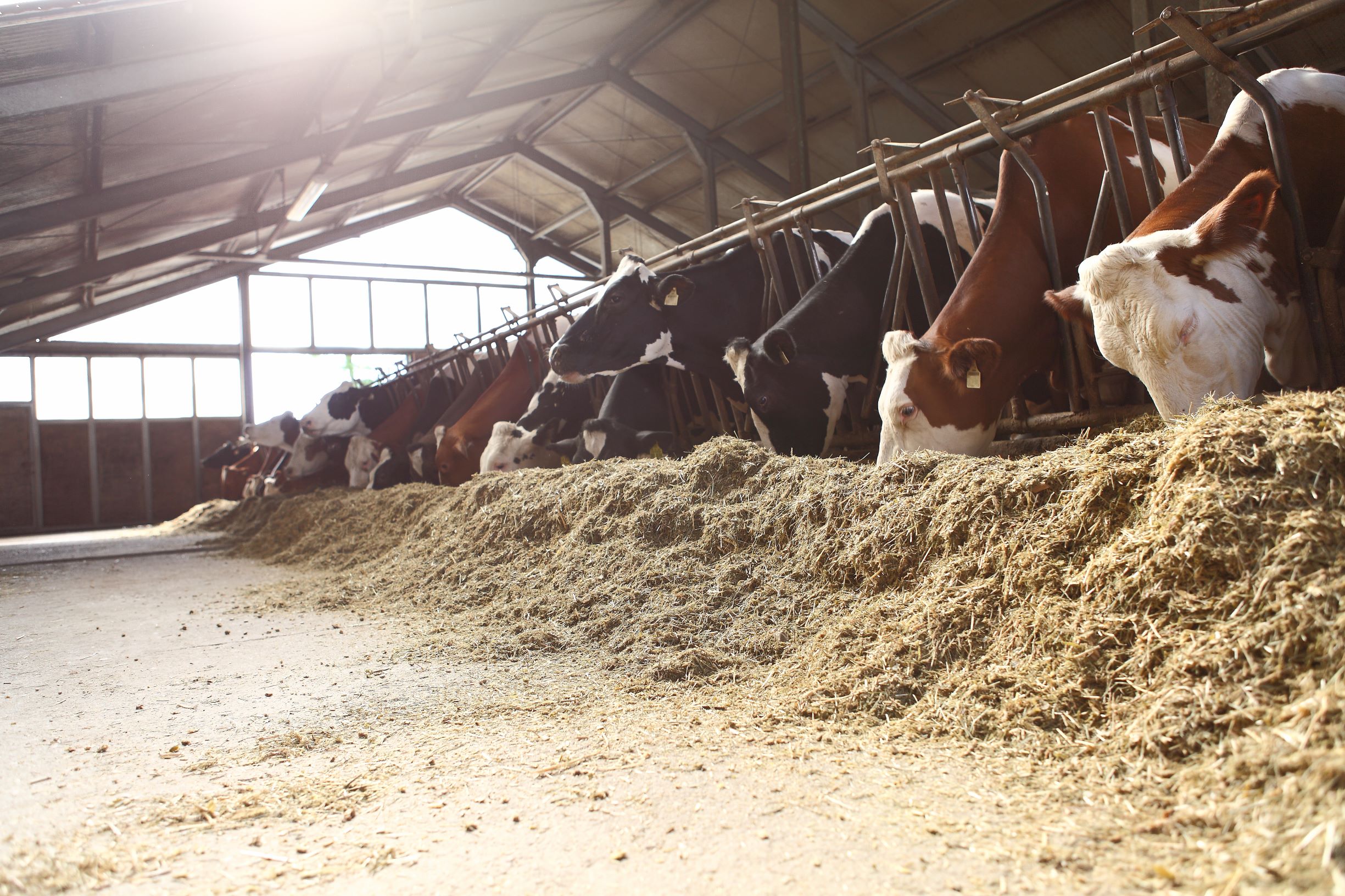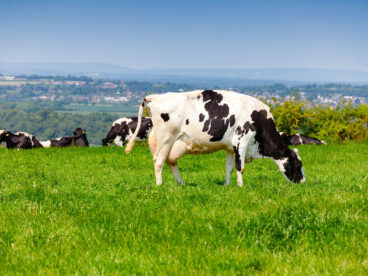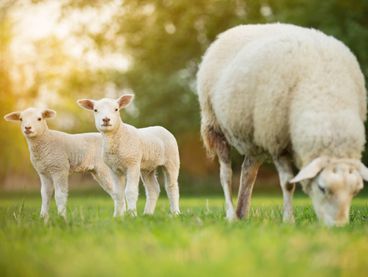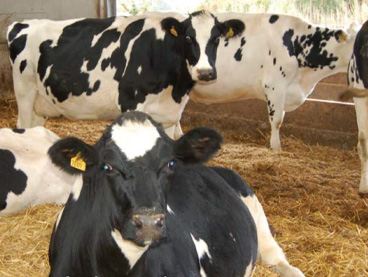Balancing fatty acids to improve growth rates and meet current carcase grading requirements
There are many and varied beef feeding systems, but they should all have clear aims of generating maximum profit and meeting market requirements. Crucial, therefore, in all systems is driving feed efficiency whilst producing carcases of the weight and quality desired by the market.
As part of having a sustainable UK beef industry, it is critical that beef production maximises feed conversion efficiency (FCE) and carcase quality.
An area often over-looked, but one that can have a significant impact on FCE, carcase quality and meat quality/tenderness, is ensuring growing and fattening rations contain a balanced fatty acid profile, explains UFAC-UK ruminant technical manager Mike Chown.
“To do this we must look beyond the oil just being a source of energy, as current (AHDB) guidelines for oil in growing and fattening rations are less than 3% and 6% respectively,” he says.
Oils have more than twice the energy value of cereals and when fed in a rumen inert form, they reduce the risk of rumen acidosis, negative effect on fibre digestion and increase the energy density of the ration, thus helping improve daily live weight gain (DLWG). In finishing rations, higher levels of oil will also increase carcase fat cover.
However, not all oils are equal, as they fall into categories of saturated fatty acids (SFA), unsaturated fatty acids (UFA), mono-unsaturated fatty acids (MUFA) and poly unsaturated fatty acids (PUFA), all made up of individual fatty acids.
“It is the role within the animal of these fatty acids that we need to understand,” says Mr Chown. “Firstly, we must ensure we feed the essential fatty acids, Linoleic acid (C18:2) an omega 6 fatty acid, and Linolenic acid (C18:3) an omega 3 fatty acid. They are considered essential fatty acids as they cannot be synthesised by the animal.”
Linoleic acid is required for growth, whilst Linolenic acid is elongated to Docosahexaenoic (C22:6) (DHA) a long chain omega 3 fatty acid, essential for the animal’s immune function. However, due to a poor conversion efficiency of C18:3 into DHA, only around 7%, we should consider feeding C22:6 directly to the animal to optimise DLWG, advises Mr Chown.
“This is because when the animal is exposed to immune challenge, significant amount of energy is diverted from production to boost the immune system, leading to lower growth rate. Also having an optimal immune system means we have healthier animals, and this could be an aid to reducing antibiotic usage,” he explains.

“Next, we should ensure we feed Oleic acid (C18:1), an omega 9 fatty acid. It is known to improve the digestibility of all the fatty acids in the ration, thus increasing energy supply and FCE. Beef is a primary source of monounsaturated fatty acids, around 35%, and Oleic acid is the most abundant, increasing the marbling and tenderness of the meat,” he adds.
Some oils available contain SFA, for example Palmitic acid (16:0) and Stearic acid (C18:0). Whilst on paper they look good sources of energy, it is known that C18:0 generally is in adequate supply to the animal. This is because it is produced from the biohydrogenation of unprotected UFA in the rumen. Also, C18:0 reduces total fatty acid digestibility, thus reducing FCE. Meat containing high SFA is less tender than that rich in unsaturated fatty acids, which are the fatty acids most commonly found in grass.
“Different production and feed systems result in notable differences between the quantity and quality of fatty acids in beef, including intermuscular fat,” says Mr Chown. “It is of health benefit to produce tender meat, containing a balance of MUFA and PUFA, and with the ratio of omega 6 to omega 3 fatty acids close to 4:1.”
Mr Chown advises talking to your nutritionist to develop a feeding strategy to suit your herd requirements. “By understanding the role of the individual fatty acids, all of the above can be achieved, but as always balance is the key. To optimise FCE, and tenderness in meat, you must feed the correct balance of fatty acids,” he says.
UFAC-UK has also developed a Beef Feeding Plan, providing personalised technical support and specially formulated products. It shows how it is possible to increase margins by £49 per head or throughput on the farm by up to 10%.
Breed, frame size and target market will vary but the opportunity to exploit maximum genetic potential through feeding is consistent. Feeding specific fatty acids that support feed conversion, growth rate and lean deposition is the most effective way of achieving a balanced, cost-effective diet that optimises feed efficiency and maximises profit.


 Back to News
Back to News 



